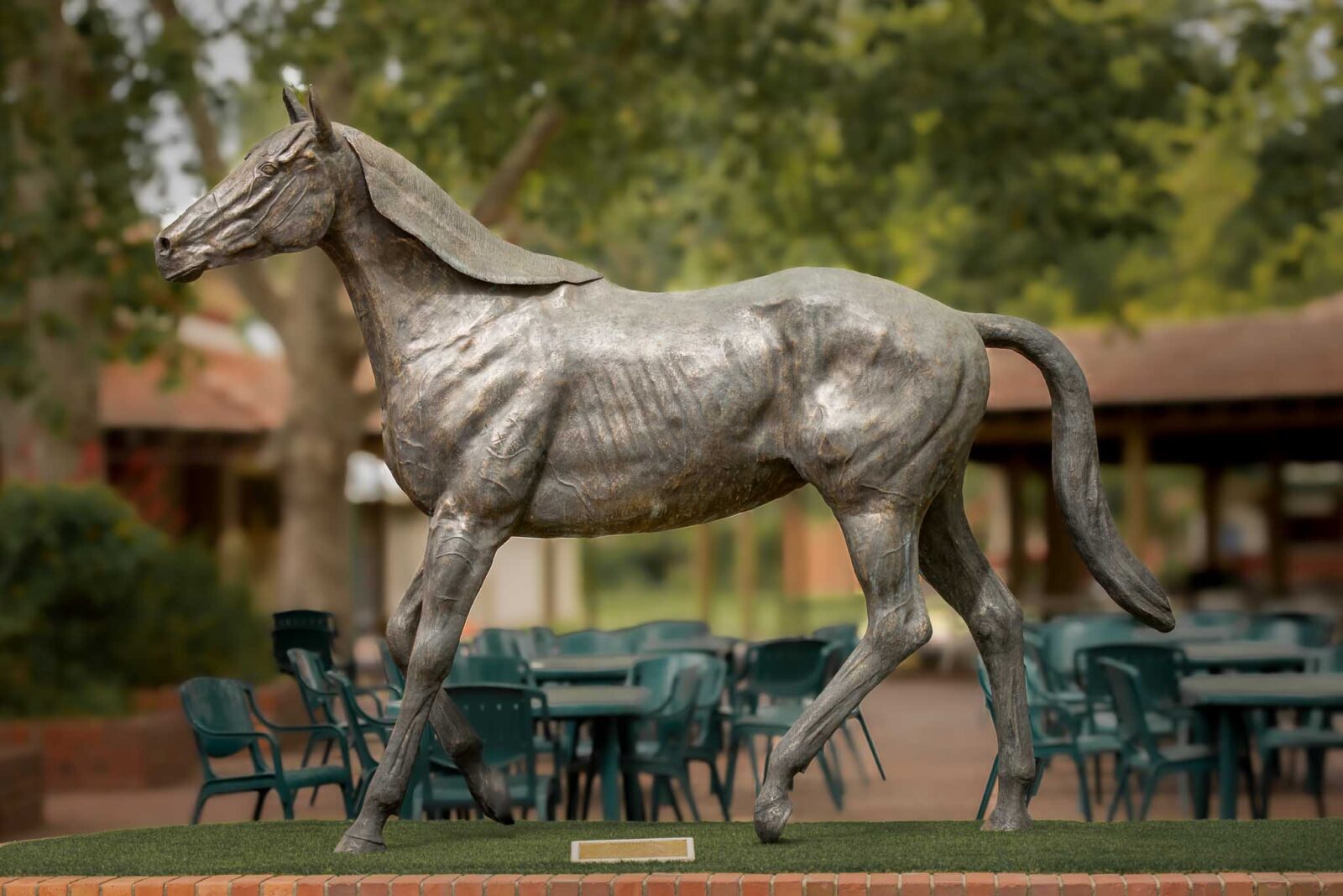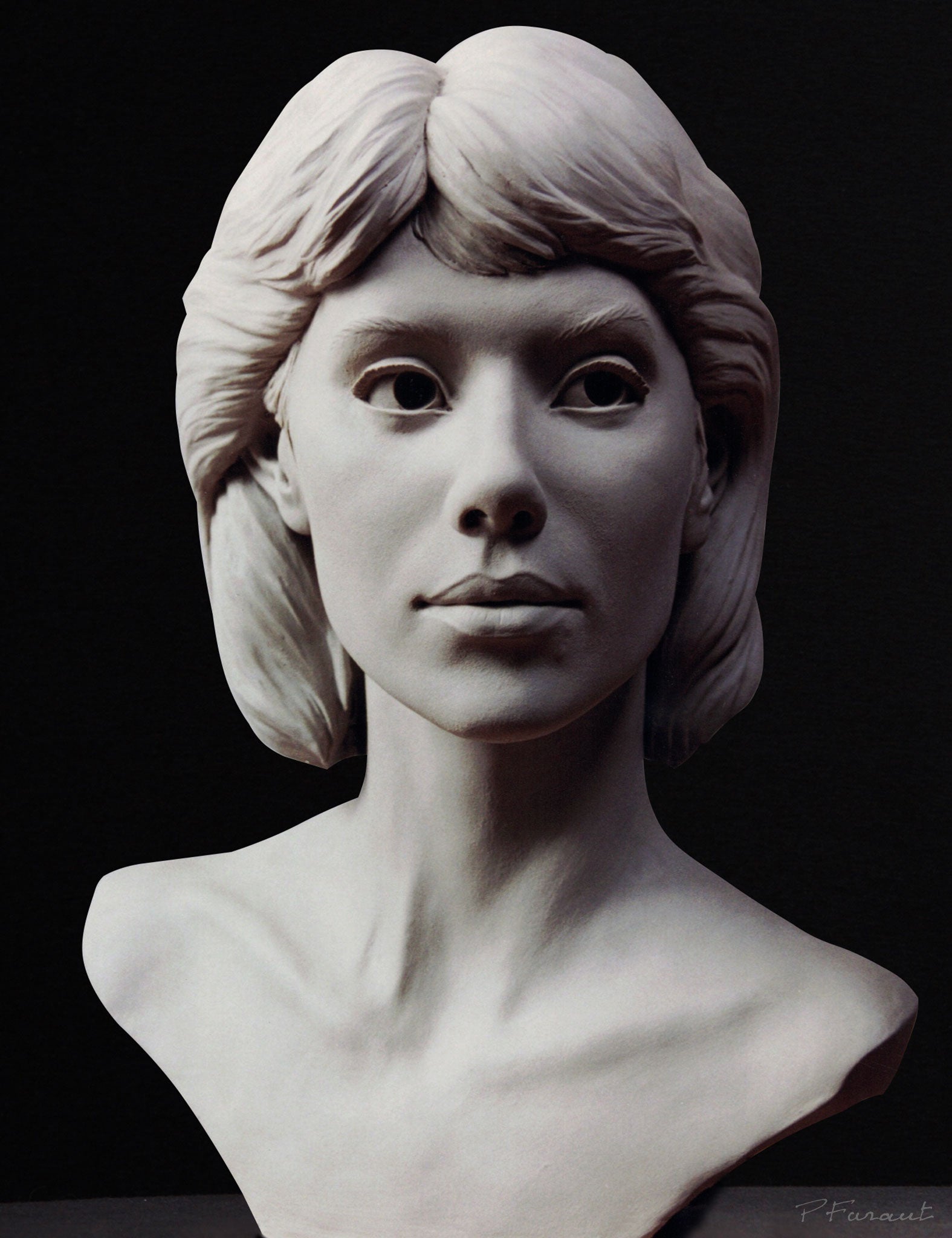Eternal Elegance in Bronze: Introducing the Art of Bronze Sculptures
Wiki Article
The Advancement of Sculptures: From Old to Modern
The Development of Sculptures: From Ancient to Modern. Portrait Sculptor.Sculpture, among the earliest forms of art, has been an essential component of human world for centuries. From the old people of Egypt and Greece to the contemporary age, sculptures have advanced, showing changes in artistic techniques, products, and cultural influences. This journey via time traces the growth of sculptures, discovering the shifts stylishly, subject issue, and imaginative expression.
Beginning with the ancient globe, sculptures crafted from stone and later bronze recorded the essence of deities, rulers, and daily life. The Renaissance period saw a resurgence of timeless sculpting strategies, as artists sought to mimic the elegant forms of old Greek and Roman sculptures (Robert C Hitchcock Sculptor). In the modern age, musicians challenged standard limits, embracing abstraction and trial and error with new products
This exploration will certainly look into the varied evolution of sculptures, disclosing the abundant tapestry of creative expression across various periods and cultures.

Old Sculptures: From Rock to Bronze
Old sculptures transitioned from being carved out of stone to being cast in bronze. Stone sculptures, while outstanding in their own right, were limited by the nature of the product. Bronze Sculptures.The intro of bronze as a tool for sculptures caused a change in creative expression. Bronze supplied artists the opportunity to develop natural and intricate forms that were not possible with stone. The process of casting bronze allowed for the creation of several copies of a sculpture, making it possible for larger distribution and conservation of these artistic work of arts.
The shift from stone to bronze likewise saw a shift in the subject of sculptures. While rock sculptures predominantly depicted gods, goddesses, and mythological figures, bronze sculptures began to show a broader series of topics, consisting of daily people and pets. This development of topic showcased the convenience and flexibility of the bronze tool.
Renaissance Rebirth: Shaping in the Timeless Style
The Renaissance resurgence of sculpture saw a revival in the timeless style, structure upon the advancements made throughout the shift from stone to bronze in old sculptures. During this period, musicians sought to recreate the timeless visual and suitables of charm that were prevalent in old Greek and Roman sculptures.Among the key characteristics of the Renaissance resurgence was the emphasis on naturalism and the human form. Artists like Donatello and Michelangelo strove to capture the anatomical details and expressions of their subjects with unmatched precision. They examined the body and included their monitorings right into their sculptures, causing realistic and realistic representations.
Another crucial element of the Renaissance rebirth was the exploration of viewpoint and deepness. Artists made use of strategies such as contrapposto, where the weight of the body is shifted away, developing a sense of motion and dynamism. They also trying out various products, consisting of marble and bronze, to accomplish a level of sophistication and details in their sculptures.

Innovation and the Avant-Garde: Breaking Typical Borders
Throughout the Innovation and Avant-Garde motions, sculptors pressed the boundaries of standard artistic conventions. This period, which emerged in the late 19th and early 20th centuries, saw a significant shift in the way artists came close to sculpture. Declining the idea of art as simple imitation, modernist artists sought to check out new kinds, products, and principles.
One of the key features of modernist sculpture was the focus on abstraction. Artists moved far from realistic representations and instead concentrated on capturing the essence of the topic through simplified forms and geometric forms. This departure from traditional depiction permitted musicians to share their feelings and ideas in a more personal and subjective way.
Contemporary Sculptures: Checking Out New Materials and Concepts
With an emphasis on discovering brand-new products and principles, modern sculptures have revolutionized the field of art. Artists today are pushing the borders of conventional sculpture by experimenting and utilizing ingenious products with abstract ideas. These sculptures test conventional ideas of type, materiality, and significance, welcoming visitors to take part in a new and provocative artistic experience.Contemporary sculptors are accepting a large range of products, consisting of plastic, glass, metal, and also organic issue. They are not restricted to the traditional tool of stone or clay, enabling higher civil liberty and testing. This change in the direction of unconventional materials has actually opened new opportunities for artists to develop sculptures that are dynamic, interactive, and aesthetically striking.
Along with discovering brand-new materials, modern sculptures likewise look into complicated and abstract principles. Artists are now checking out themes such as identification, social concerns, and the setting, making use of sculpture as an effective tool for social discourse and self-contemplation. These sculptures test visitors to believe seriously and engage with art on a much deeper level, stimulating discussions and prompting emotional actions.
International Impacts: Sculptural Practices From Around The Globe
Sculptural customs from various regions of the world have dramatically shaped the evolution of sculptures throughout history. The international influences on sculpture have actually been diverse and have actually added to the richness and range of artistic expressions. From the old civilizations of Egypt, Greece, and Rome to the detailed makings of Asian societies, each region has created its special sculptural traditions that have affected artists across time.In ancient Egypt, sculptures were produced mostly for funerary and religious functions. The renowned sculptures of gods and pharaohs, such as the Great Sphinx and the breast of Queen Nefertiti, display the Egyptians' proficiency of stone sculpting and their idea in the immortality.

In ancient Rome, sculpture served both political and creative purposes. Roman sculptures often illustrated emperors, generals, and mythical numbers, mirroring the power and grandeur of the empire. The marble statuary of Augustus of Prima Porta and the huge Arch of Constantine are noteworthy instances of Roman sculptural success.
Oriental sculptural practices, specifically in India, China, and Japan, have also had an extensive effect on the evolution of sculptures. Indian sculptures, such as the elaborately carved temples of Khajuraho and the gigantic statues of Buddha, exhibit an abundant combination of religious, mythical, and building elements. Chinese sculptures, identified by their fine workmanship and interest to information, frequently portray deities, pets, and legendary numbers. Japanese sculptures, affected by Buddhism, highlight simpleness and serenity, seen in the peaceful statuaries of Buddha and the sophisticated art of bonsai.
The global influences on sculpture proceed to evolve in the modern-day era. As we look to the future, it is particular that the global impacts on sculpture will certainly continue to form and redefine this old art type.
Conclusion
To conclude, the advancement of sculptures has seen a change from ancient rock and bronze works to the classical resurgence during the Renaissance. This was complied with by the breaking of standard borders via innovation and the avant-garde motion. Today, contemporary sculptures explore brand-new materials and principles, while likewise drawing inspiration from global sculptural practices. The trip of sculptures shows the ever-changing imaginative expressions and cultural impacts throughout background.Full Article From the old people of Egypt and Greece to the contemporary era, sculptures have actually developed, reflecting modifications in artistic techniques, products, and social impacts.Beginning with the old globe, sculptures crafted from rock and later on bronze recorded the significance of divine beings, leaders, and everyday life.Ancient sculptures transitioned from being sculpted out of rock to being cast in bronze. While stone sculptures predominantly portrayed gods, sirens, and mythical numbers, bronze sculptures started to reflect a broader variety of topics, including everyday individuals and animals.In verdict, the evolution of sculptures has actually seen a change from old rock and bronze functions to the timeless rebirth during the Renaissance.
Report this wiki page